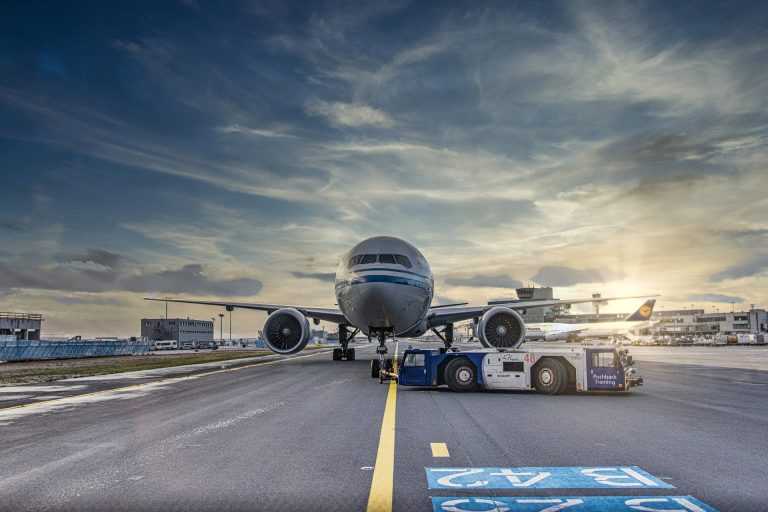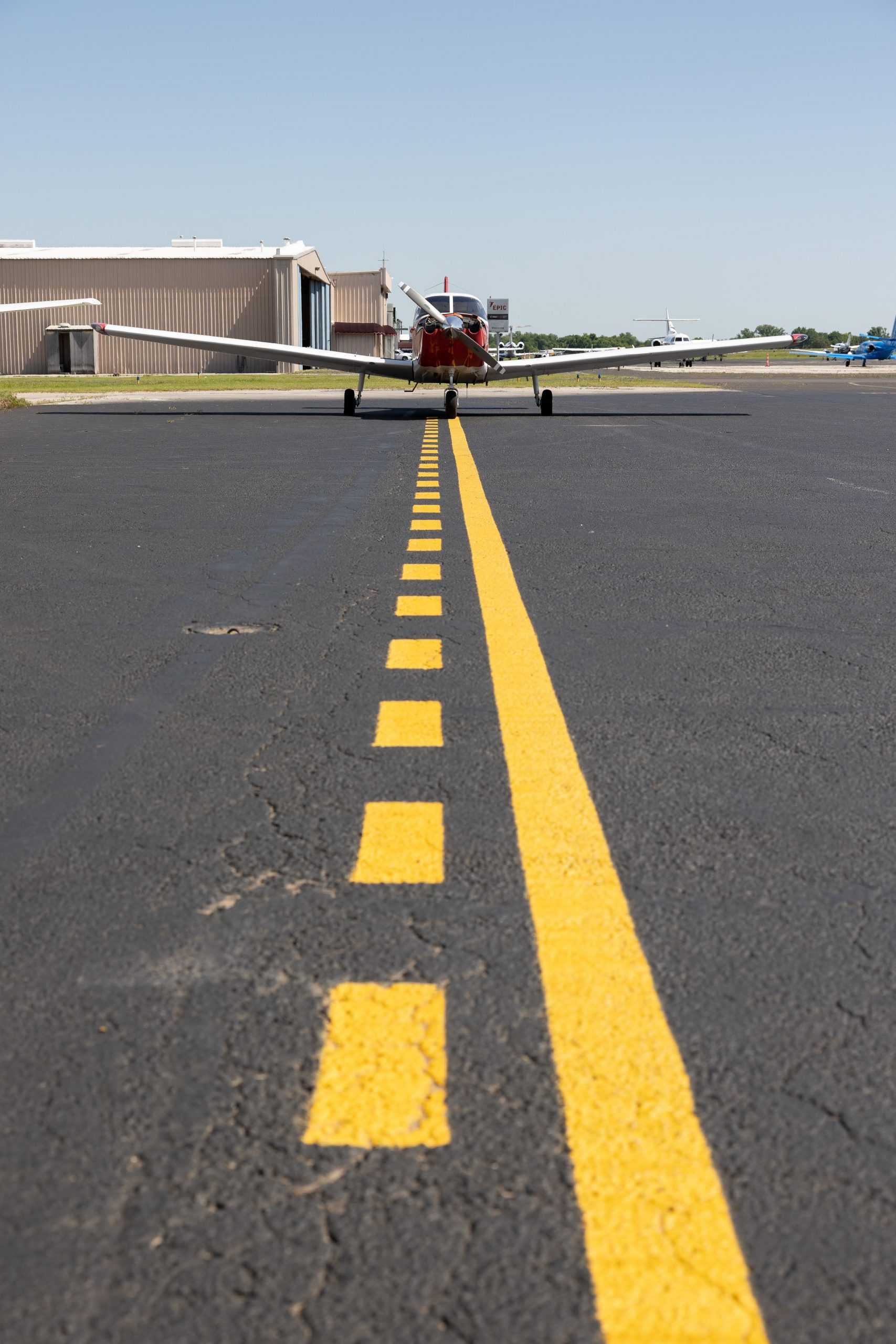

Traveling on a commercial airplane is one of the safest means of transportation. It's much safer than traveling on the highway, in a car or bus, or traveling by train or boat. One of the reasons air travel is so safe are the procedures put in place by the Federal Aviation Administration (FAA) and the training that pilots receive. If you're considering a career as a pilot, it may interest you to know these facts about runway safety for pilots.

There are many things that the FAA takes into account when it comes to runway safety. Runways aren't just used by commercial and private aircraft; there are luggage vehicles, fueling tanks and maintenance vehicles that can be located on or near the runway. The FAA looks at "runway collision accidents, runway excursion accidents, taxiway collision accidents, runway incursion incidents, and taxiway surface incidents'' when accessing runway safety.

The Aviation Flight program at Spartan College trains students for 6 FAA certifications and ratings*. This program, which lasts as few as 17 months, features a combination of in-plane and classroom training. The program teaches students to safely and efficiently perform flight duties as well as gives them the information they need to successfully complete their required FAA written examinations. The program, which is taught at the College's Tulsa location, includes modules on Private Pilot Certification, Instrumentation Rating, Commercial, and Certified Flight Instructor (CFI).
The Aviation Flight program at Spartan College is designed to equip students with the skills and experience they need to earn multiple Federal Aviation Administration (FAA) Part 141 pilot certifications and ratings*. Graduates of the program may also apply to continue their education with Spartan College's Bachelor of Science in Technology Management program, as well as apply to work as a Certified Flight Instructor.
Spartan College uses instructors from various backgrounds in its Aviation Flight program. Some have worked for major airlines and/or flown military aircraft.
Students in the program train three to four times a week with flight simulators, Piper Archer TX, and Piper Seminole. Spartan College maintains a fleet of more than 35 aircraft.
New classes in the Spartan College Aviation Flight program start regularly. Spartan offers, to those who qualify, academic scholarships, housing scholarships, and other forms of financial aid. Students must be at least 16 years of age and must be at least 18 years old to qualify for a commercial pilot certificate (license). Students under 18 years require parental approval to enroll in the program.
Headquartered in Tulsa, Oklahoma adjacent to Tulsa International Airport, Spartan College of Aeronautics and Technology is a private aviation training institution founded nearly 100 years ago. The flight training facility is located at Richard Lloyd Jones Jr. Airport on the west side of Tulsa.
In addition to the Aviation Flight program, Spartan College offers Aviation Electronics Technology, Nondestructive Testing Technology, and Aviation Maintenance Technology programs.
To learn more about the Aviation Flight program and other aviation programs at Spartan College of Aeronautics and Technology or to enroll, contact the admissions department by Requesting Information or visit spartan.edu.
*Aviation Flight (Commercial Pilot) Certification Disclosure
Affiliate Partner Program | Jobs at Spartan | Privacy Policy | Opt-out Policy | Privacy Notice - California Residents| Notice of Non-Discrimination | Website Accessibility Help | Transparency in Coverage Act
© 2024 SPARTAN COLLEGE OF AERONAUTICS AND TECHNOLOGY. ALL RIGHTS RESERVED.